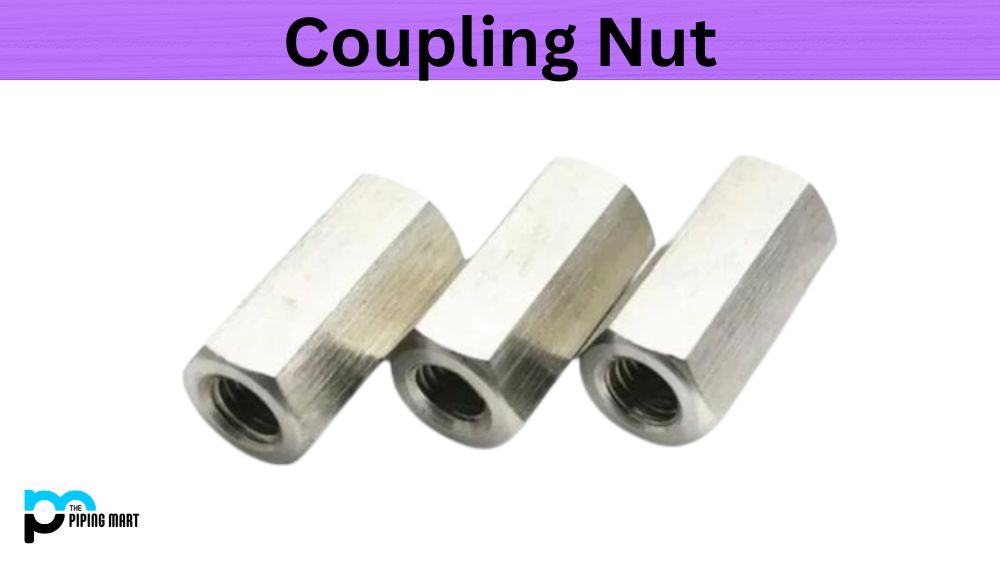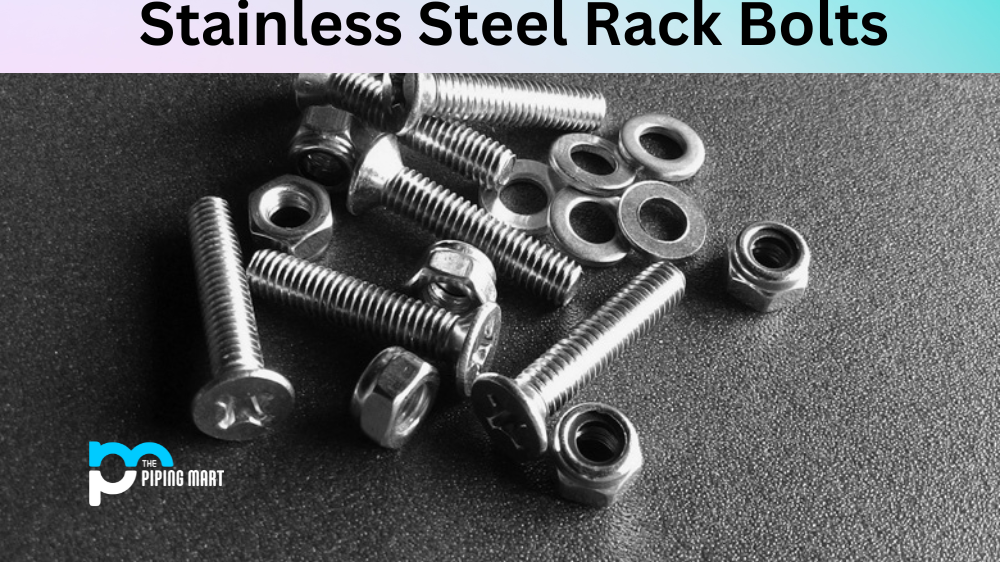Rivets are an essential component of many engineering and manufacturing processes. They play a critical role in connecting two or more materials to ensure structural integrity in any structure. Rivets come in different types and sizes, including standard grip rivets and multi-grip rivets. This blog post will explore the differences between multi-grip rivets and standard grip rivets to help you make the best choice for your next project.
What is Multi-Grip Rivets?
Multi-Grip Rivets are semi-tubular fasteners consisting of a body and mandrel. They have serrated edges that expand into the hole, providing a secure fit and increased strength when compared to conventional rivets. The multi-grip feature allows for better fitment in various thicknesses of material.
What is Standard Grip Rivets?
Standard Grip Rivets are specialized fasteners that feature a mandrel head with pre-formed threads around its circumference. This allows the rivet to easily grip into metal, wood or other materials and create a secure hold. They offer an easy and efficient way of securing multiple components together and are typically used in the construction, automotive, aerospace, marine and many more industries.
Difference Between Multi-Grip Rivets and Standard Grip Rivets
Grip Range:
One of the significant differences between multi-grip rivets and standard grip rivets is the grip range. Multi-grip rivets have a more extensive range, which allows them to fit into thicker materials. On the other hand, standard grip rivets have a narrower grip range, making them suitable for thinner materials. Depending on your project, you can choose a rivet type that will fit the thickness of your materials.
Versatility:
Multi-grip rivets are versatile because they can be used for thin and thick materials. This feature makes them ideal for applications where the thickness of the materials may vary. However, Standard grip rivets are less versatile and best suited for thinner materials.
Load-Bearing Capacity:
Load-bearing capacity is another key difference between multi-grip rivets and standard grip rivets. Multi-grip rivets have a higher load-bearing capacity and can handle greater shear and tensile forces than standard grip rivets. This makes them ideal for applications where the joint between two materials will be subjected to heavy-duty loads.
Ease of Use:
Standard grip rivets are easier to use than multi-grip rivets. This is because they require less force to install and can be set with a simple pop rivet gun. However, multi-grip rivets require a more powerful tool to set, making them slightly more challenging to install. This makes standard grip rivets more suitable for projects that require a fast installation process.
Cost:
Cost is always a crucial factor when considering any component of your project. Standard grip rivets are generally more affordable than multi-grip rivets. This is because they are simpler to manufacture. Therefore, if cost is a significant factor in your project, choosing standard grip rivets may be the better option.
Conclusion:
Multi-grip rivets and standard grip rivets are used in different applications, and choosing the right type depends on the needs of your project. Standard grip rivets are more suitable for thinner materials, easier to install and more affordable. Multi-grip rivets, on the other hand, are ideal for thicker materials and have a higher load-bearing capacity. They are also more versatile and can be used in various applications. By understanding the differences between multi-grip rivets and standard grip rivets, you can make the right choice for your project and ensure its success.

Abhishek is a seasoned blogger and industry expert, sharing his insights and knowledge on various topics. With his research, Abhishek offers valuable insights and tips for professionals and enthusiasts. Follow him for expert advice on the latest trends and developments in the metal industry.




